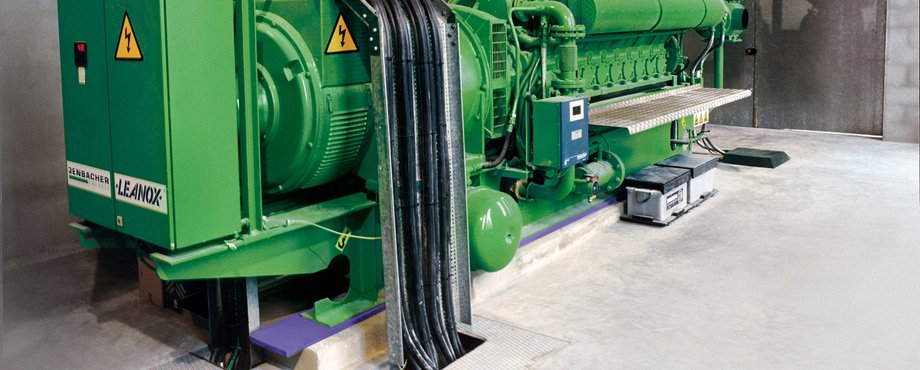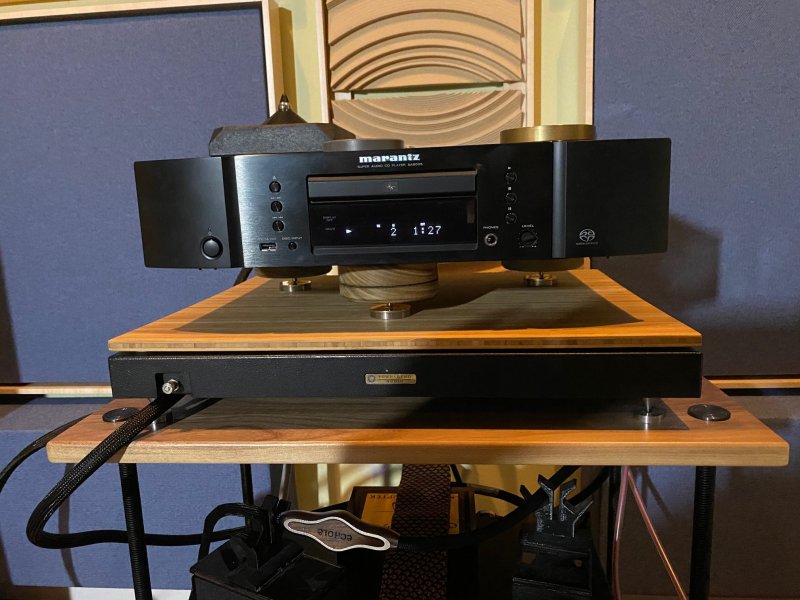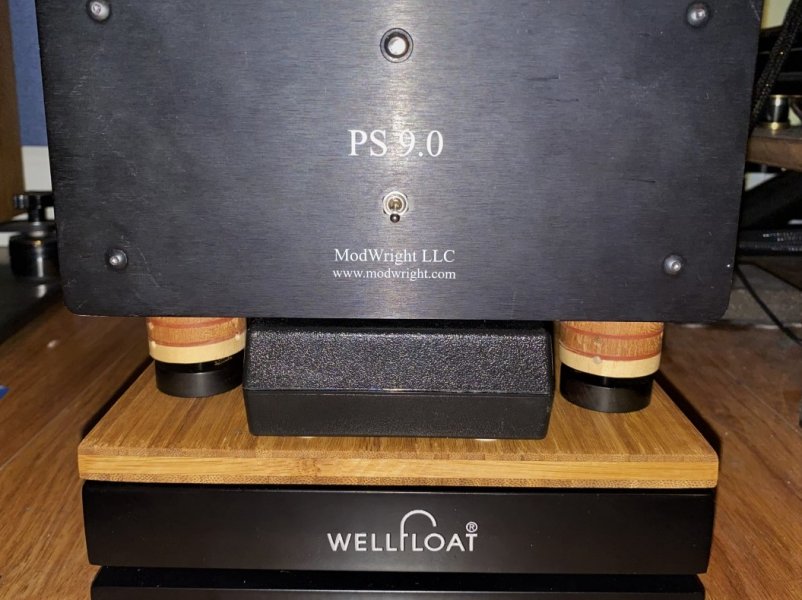Willgolf,
Coincidently, for amp stands, I myself was choosing between the Adona and Core Audio amp stands!
Both companies now have leadtimes for what I was looking for of several weeks, and with the amplifiers now scheduled to arrive on November 16, I decided on an interim DIY solution.
In the future I probably will get the Adona Zero GXT-1N with custom walnut insert layer to match all of the other walnut in my room.
Coincidently, for amp stands, I myself was choosing between the Adona and Core Audio amp stands!
Both companies now have leadtimes for what I was looking for of several weeks, and with the amplifiers now scheduled to arrive on November 16, I decided on an interim DIY solution.
In the future I probably will get the Adona Zero GXT-1N with custom walnut insert layer to match all of the other walnut in my room.
Last edited:







